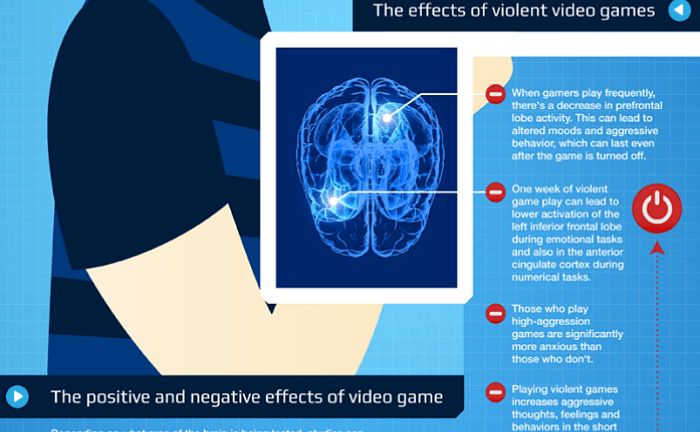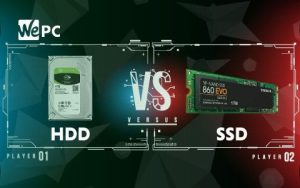
In recent years, the world of tabletop gaming has witnessed an exciting revolution, with the advent of 3D printing technology. This innovation has transformed the way enthusiasts interact with their favorite games, allowing for the creation of highly customizable and unique game pieces. From Dungeons & Dragons to Warhammer, 3D printing has opened up a realm of possibilities for gamers and collectors alike. In this article, we explore the reasons behind the growing popularity of 3D printed tabletop game pieces and how this technology has paved the way for a new era of creativity and personalization in the gaming community.
The Power of Customization
One of the main reasons why 3D printed tabletop game pieces have gained such a massive following is the unparalleled level of customization they offer. Unlike mass-produced game pieces, which often come in limited designs and paint jobs, 3D printing allows gamers to create and personalize their characters or game elements according to their own imagination and preferences. Whether it’s a unique hero for a role-playing game or intricately detailed miniatures for a strategic war game, 3D printing empowers players to truly make their game pieces their own.
Unlimited Design Options
The rise of 3D modeling software and online marketplaces has fueled the proliferation of endless design options for tabletop game enthusiasts. With a plethora of talented artists and designers contributing their creations, gamers now have access to an extensive library of ready-to-print game pieces. These designs cover a wide range of genres and styles, allowing players to find exactly what they need to enhance their gaming experience. From menacing monsters to awe-inspiring landscapes, the possibilities are only limited by the imagination of the designers and gamers themselves.
Affordability and Accessibility
Traditionally, acquiring high-quality tabletop game pieces could be quite expensive, especially when it came to limited edition or rare items. However, 3D printing has made these highly sought-after pieces more accessible and affordable. By eliminating the need for costly manufacturing and distribution processes, gamers can now obtain intricate and unique game pieces at a fraction of the cost. Additionally, the rise of user-friendly 3D printers and accompanying software has made it easier than ever for hobbyists to print their own game pieces at home, further lowering the entry barrier.
Boosting Creativity and Inventiveness
Another significant advantage of 3D printing in the realm of tabletop gaming is the boost it has given to creativity and inventiveness. With the ability to design and print their game pieces, players are no longer limited by pre-existing options. They can experiment with new concepts, push boundaries, and bring their visions to life in ways that were previously unimaginable. This level of creative freedom not only enhances the gaming experience but also fosters a strong sense of ownership and pride in the final result.
The Evolution of the Hobby
3D printing has not only revolutionized the creation of tabletop game pieces but has also transformed the entire hobby itself. What was once a pastime centered around playing games has evolved into a full-fledged creative endeavor. The process of designing, printing, and painting game pieces has become an integral part of the gaming experience, allowing players to develop new skills and share their creations with a passionate community. This evolution has created a positive feedback loop, where the craft of 3D printing and the world of tabletop gaming continually inspire and push each other to new heights.
The Future of Tabletop Gaming
As 3D printing technology continues to advance and become more accessible, the future of tabletop gaming looks incredibly promising. The rise of customizable and intricately designed game pieces has already revolutionized the gaming experience, but it is only the tip of the iceberg. With advancements in materials and printing techniques, we can expect even more lifelike and immersive game components in the years to come. Furthermore, advancements in augmented reality and virtual reality may bridge the gap between the physical and digital world, creating an entirely new dimension for tabletop gaming.
In conclusion, the rise of 3D printing has opened up a world of endless possibilities for tabletop game enthusiasts. From unrivaled customization and design options to increased affordability and accessibility, this technology has reimagined the way people interact with their favorite games. As the hobby continues to evolve and push the boundaries of creativity, we can look forward to a future where 3D printed game pieces play an integral role in shaping the gaming experience.


